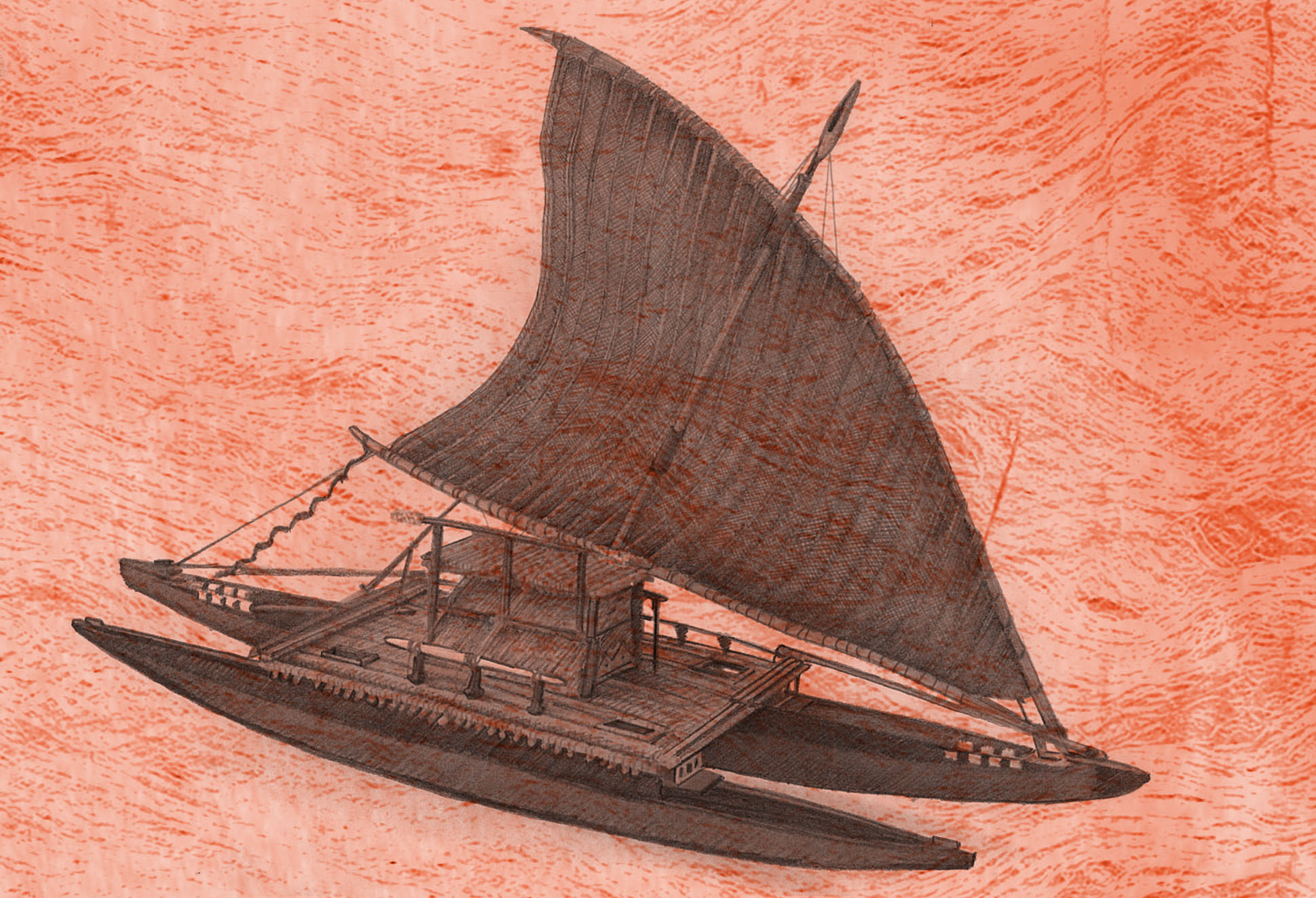Moana Oceania - Fiji - Te Taumata Toi-a-Iwi
Indigenous iTaukei Worldview
Paper prepared by Dr Tarisi Vunidilo
This paper is written from an Indigenous iTaukei[1] perspective on the discussion of ‘art.’ The two key questions of ‘what is art?’ and ‘how is art valued?’ is embedded in the discussions throughout the five sections of this paper. I deliberately included real life experiences that I observed and participated in, so as to provide a sense of ‘real talanoa’ and ‘real dialogue’ in the quest of answering these two questions. [1] iTaukei is currently the official term used to describe Indigenous Fijians. I will use iTaukei in this paper thesis rather than Taukei, as I believe that the term iTaukei is more formal and respectful. Read more
Tok Stori Tuesdays
Art, in a western framework is viewed in a museum or art gallery mostly credited to an individual, who is viewed as the sole creator. The physical space is strictly determined by a curator who is the expert of the exhibition concept. In comparison to the iTaukei way of looking at art, which is totally the opposite. Our art is communally owned, celebrated through ceremonies, songs and dances and worn on our bodies with tattooing, masi (tapa), and through our iTaukei Vosa Vakaviti or Fijian language. Dr Tarisi Vunidilo

